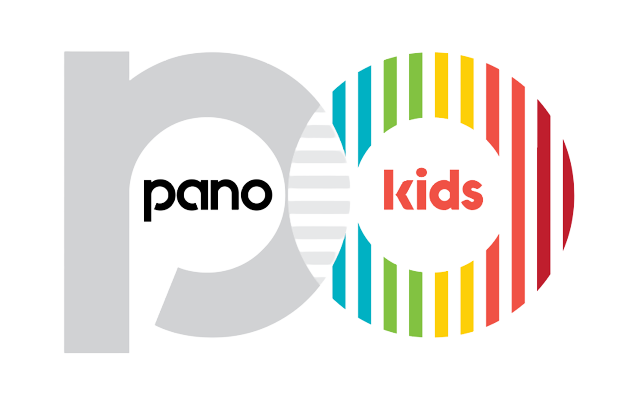
Plastic toys for kids are inexpensive and appealing for your children to play with, but they can cause health problems for your child. Plastic toys are dangerous for children and babies because of these few chemical components in PVC plastics.
The most serious health risk associated with these toxic elements is that they can wash away from the product, particularly when children insert the toys into their mouths. However, there are items on the market place that contain toxic chemicals, such as teething rings, shower toys, and squeeze toys.
Toys are made of what kind of plastic?
You may wonder what your children are playing with. Is it long-term safe for them? What is the composition of their favorite toy's plastic?
The majority of toys that your kid is going to play with are secure and do not pose any danger to them. Some toys, on either hand, can be hazardous due to the presence of toxins in some plastics. Although the quantity of toxins is relatively low, you should still exercise extreme caution when buying plastic toys for your kids.
Toxic additives found in plastic toys
Phthalates are popularly used in children's toys to make them feel soft and squishy. Therefore, these chemical compounds are highly toxic and can cause hormonal imbalances. Phthalates not only disrupt the body's hormone levels but are furthermore known to promote cancer growth.
Cadmium
Cadmium is another chemical typically occurring in plastic toys. And is used as a plastic stabilizer and is said to interfere with normal brain development and cause kidney damage.
Lead
The company uses lead to making plastic toys more durable. It is also occasionally used in color solutions. Lead is known to have nervous system effects and has been connected to hearing loss, lower IQ, and ADHD. Many Chinese toys we found contain lead. If the toy is subjected to high heat, the information might leach out from the dust that your child may inhale or ingest.
BPA
BPA can find in plastic toys, sippy bowls, plastic bottles, and the lining of canned foods. Because BPA is regarded as more dangerous when kids put plastic products throughout their mouths, the primary issue with BPA is in food and beverage products. If your kid is constantly able to chew on toys, it is better to avoid plastic things for the time being.
Toys are safe for children.
Polypropylene
Polypropylene among the safest plastics for children. Polypropylene is resistant to heat but does not leach odors or toxins while exposed to hot water. Look for toys that are 100 per cent PVC-free, as this is the best way to ensure that the plastic doesn't contain potentially harmful phthalates. A BPA and a phthalate-free polycarbonate toy are good choices for your children.
Bamboo and wood toys
Wooden toys do not typically contain chemicals unless you paint them with chemical-based paint. Furthermore, because made of wooden toys are created from a responsibly managed forest, they can be tossed aside without harming the environment.

Wood toys are a far better choice because they do not contribute to deforestation. Furthermore, no emissions are produced during the harvesting operation, making them safe toys for your baby and the environment. Wooden and bamboo toys can be found in ancient stores and are less expensive than luxurious plastic toys.
Organic cotton and hemp stuffed animals.
Soft toys made of cotton or hemp are ideal for children. They are secure, made of natural materials, and have no sharp edges that could harm your baby. If you are concerned about giving your children fluffy toys, make sure they are made from insecticide-free fibers, eliminating all health risks.
Conclusion:
If you are still aware of the health consequences of plastic toys, it is best to avoid them entirely. You can prefer wooden toys, organic art supplies, start games, silks made of wood puzzles, and silicone toys. Such toys are much safer, and your children will enjoy them.
Trying to replace plastic toys for kids with safer alternatives is only the beginning; there are numerous other baby plastic items that babies use daily. Some plastic products that should replace include baby bottles, bibs, cups, utensils, and tableware. You can replace Plastic kids' bottles with glass ones, sippy cups with silicone cups, and plastic utensils with Ecoware products.
